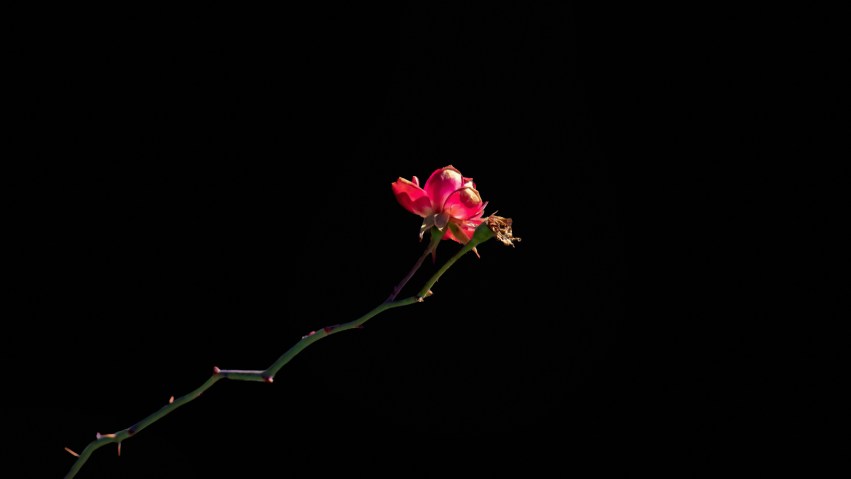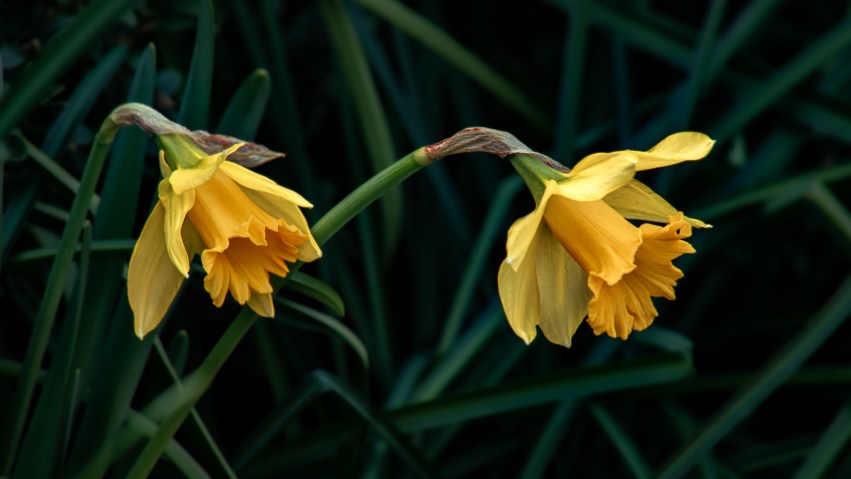From Becoming Animal: An Earthly Cosmology by David Abram:
“[The] shadows of late afternoon are very different from those of early morning; the mood, the mode of awareness, the qualities imparted are richly different…. The silence is deeper, fuller…. The trunks and the cliffs are darkening, the needles losing their distinctness…. The myriad flows between insects and grass, between soil and stone, hawk and water and cliff, seem to be dissipating — the reciprocities and negotiations between neighbors all gradually subsiding….
“We participate in this encompassing awareness with the whole of our body, as other animals participate in it with theirs, the snow leopard with its tensed muscles and the hawk with its splayed wing feathers. Every creature here inhabits and moves through the same field of mountains and melting ice, imbibing the same air, the same boulder-strewn awareness. Yet each animal filters this awareness with its particular senses, its access to the whole limited by the arrangement of its limbs and the specific style of its pleasures, by the way it obtains nourishment and the way it avoids becoming food for others. Each creature — two-leggeds included — has only a restricted access to the mystery of the real….“
From World of Wonders: In Praise of Fireflies, Whale Sharks, and Other Astonishments by Aimee Nezhukumatathil:
“If hawks are circling around us, does that mean they think one of us might be good to hunt?”
Just before the sun went down a couple of days ago, I had let my dog in the house from his afternoon squirrel-chasing session when I saw my second hawk this winter. The first one — see Dog in Ivy, Hawk in Tree — was at Oakland Cemetery’s gardens, high up in an oak tree — but this time was different. While it won’t be apparent from the photos below, the branch on which this red-tailed hawk perched is only about five feet from the ground. I took the photos from various distances with a zoom lens; by the time I got the closest, the hawk stayed put while I continued shooting from about ten feet away.
I puzzled for a while about why it stayed so still and so close to the ground, then heard a lot of rustling from the tops of the tall pine trees that border the northwest side of my back yard. Fluttering atop the pines I saw an enormous owl, flying from branch to branch, eyeing the hawk. I never could get a clear shot of the owl, yet my wandering around the yard to try didn’t concern the hawk — who apparently concluded (correctly!) that I was less of a threat than the owl; plus, I don’t have wings. The owl — owls hunt hawks, but opportunistically, perhaps somewhat lazily — gave up after about thirty minutes, yet still the hawk didn’t move, only turning its head occasionally to see what I was doing. Cautious about its predator, this hawk.
Encounters with wildlife are fascinating: I kept wondering what it was thinking, how close it would let me get, and what it might do when it decided I was invading its personal hawk-space. Check the look in its eyes in the last two images: when I realized I might be pushing my luck, I backed off a little lest I ended out with talons in my scalp. Still it stayed for a long time — until the sun had set — after the owl had gone, while I put down the camera and just strolled nearby and watched.
I could have kept watching until darkness fell fully, but thought it was time to end our encounter and keep the hawk and my dog from crossing paths… so I pretended to be a fox… and it (laughed hysterically and) flew away.
🙂










Thanks for taking a look!

































































